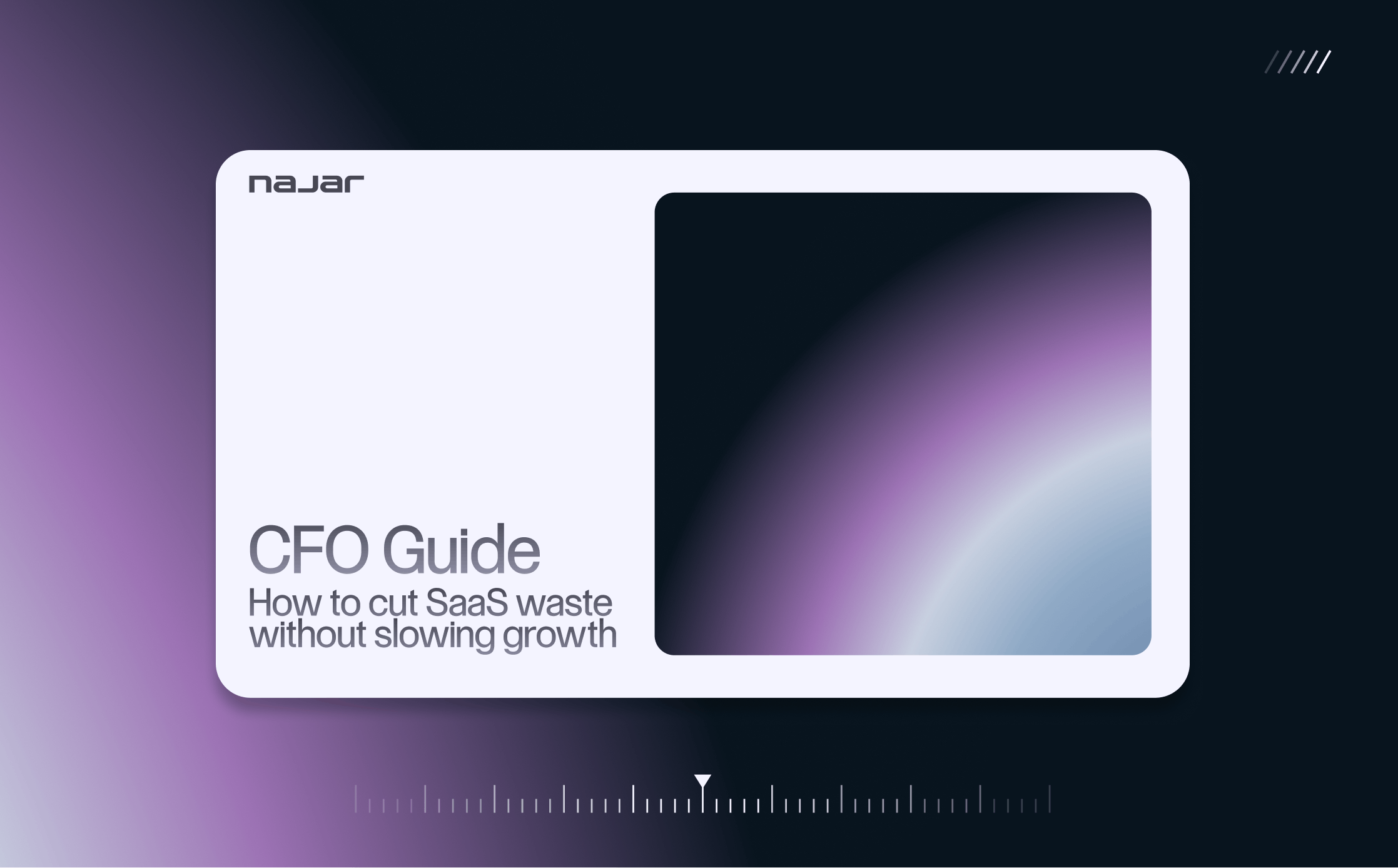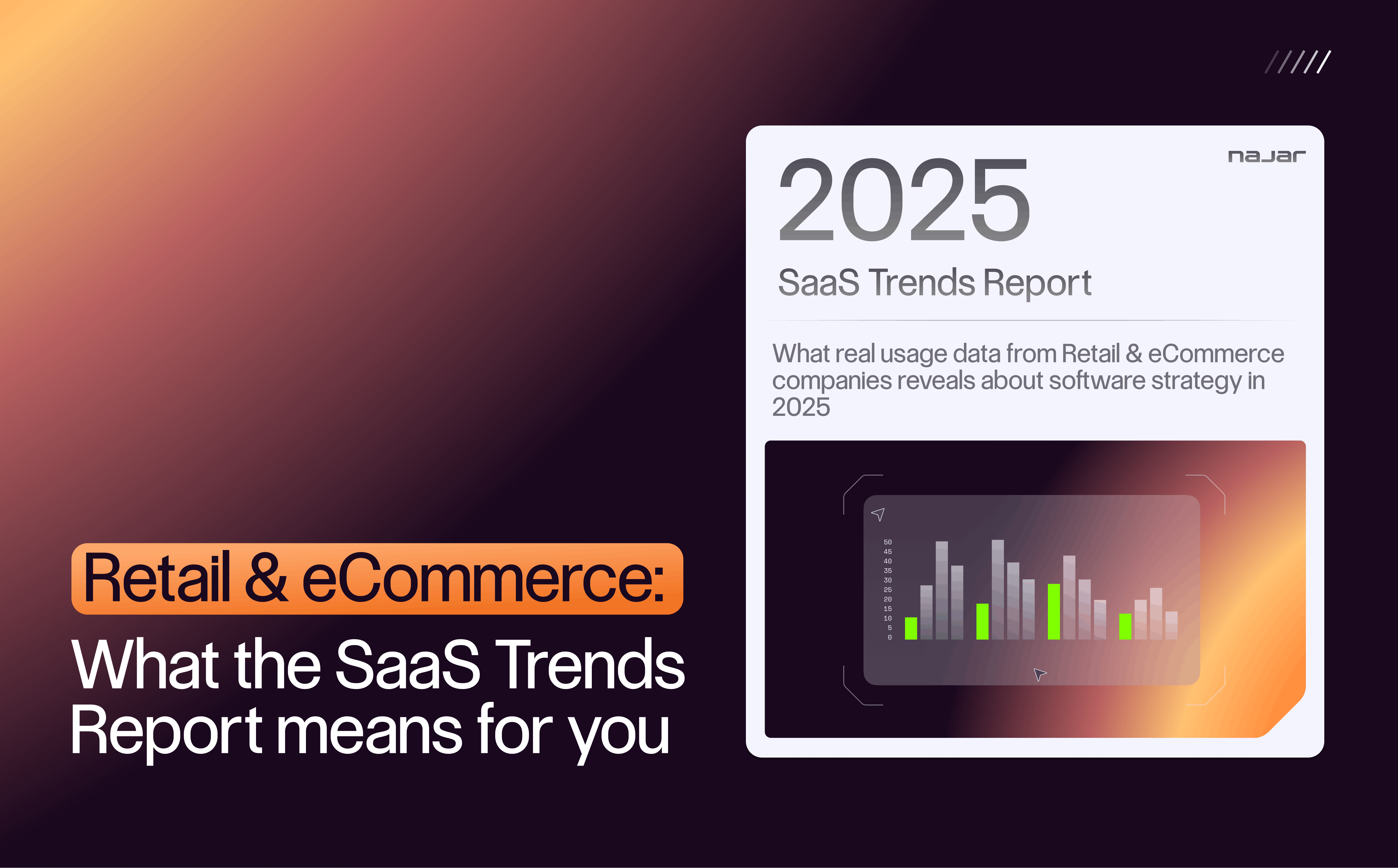How to negotiate the price with a SaaS provider?
Buying software can be like buying a new car. If you don't have the budget to start with, you can't buy it. Buying is good, but buying at a price within your budget is even better. In this article, we show you how to negotiate a good price with a SaaS provider. Read it carefully to learn the practical techniques and tips for doing so.
What negotiating levers do you have to negotiate a good price with suppliers?
Before negotiating as a buyer, get to know the type of supplier you are planning to negotiate with and their current customer base. Is it a small to medium-sized business or a large corporation? Is it a company that doesn't have many customers, but is growing rapidly? Details like these can give you leverage in the negotiation.
The reason it's important to know this up front is so that you know how much you can get the price down in your favor before you make any purchases. If it's a small business, their main goal may be to offer their services to as many people as possible, and they're willing to lower their prices significantly to get a customer they can tell other potential buyers about.
Some SaaS contractors are also willing to grant certain rights to an existing customer to reduce churn. Understanding the levers of action and backing up negotiation conversations with actual usage data for each provider will help you secure attractive pricing and terms.
How to identify the hidden components of pricing in SaaS product negotiations?
SaaS product sales prices are often presented as "all-inclusive" by vendors. In other words, they make it sound like support services, patches, hosting and new releases are all included in the final price of the product.
However, most SaaS products are regulated by limitations that vendors do not always make clear in the contract. Contacts, sessions, API calls, technology, page views and custom objects are just a few of the many limited rights that vendors apply to many SaaS products. Security and legal must also ensure.
In addition, the providers' restrictions are essentially contractual. They cannot technically restrict your use. Therefore, you should potentially investigate additional rates and details of limitations applicable during the sourcing activity at the selection phase. Otherwise, you will be obliged to pay additional costs for any overruns that occur after the contract is signed.
Understand the types of license from SaaS providers
Most of the time, vendors deploy enterprise applications or business software with unnecessary features. So make a list of product requirements or support options you don't need and try to remove them from the contract.
Also, when purchasing the products, anticipate additional licenses at the same time to have an expansion plan and avoid the vendor charging you retail rates when you need a new license.
Considering forward discounts
Suppliers need a steady cash flow and want to avoid losing customers. You can use this leverage when purchasing or negotiating your SaaS contract and get attractive discounts.
Requesting loyalty discounts
As with term discounts, vendors care about the long-term value (LTV) of SaaS contracts. With this information in hand, you can build a more sustainable relationship and ask these vendors for loyalty discounts for purchases you make over the long term.
What types of contracts to get a favorable price?
Almost all SaaS companies are willing to lower their prices if you are willing to sign longer-term agreements. It is much cheaper for them to keep a subscriber than to acquire a new one.
Providers like longer terms because they offer more predictability in their revenue projections. Terms can range from a few months to a few years.
If you lack visibility into your changing needs, it may be best to limit the commitment to one or two years.
After three to five years of commitment, discounts can become very attractive. In this case, be sure to include an exit clause. Generally, this clause offers the possibility of breaking the contract during a given period.
Negotiating down your cost per user: how do you go about it?
Many SaaS providers price their services based on the number of users who will connect. This is a lever you can use to lower your rates. If the provider charges 0 per month per user and 10 employees in your company are going to use the product, you will have to pay 00 per month.
So try to negotiate the contract so that as you add users, the price per user goes down once you reach certain thresholds.
For example, you can negotiate the contract so that for the first 100 users, you will pay 0 per user. But, once you reach 300 users, your costs would be reduced to 0 per user. And once you reach 1000 users, the cost would go down to 0. Accordingly, the parties come to satisfactory agreements.
Gradually, the provider makes more and more money, and you, as the buyer, pay less per user as you add more.
What are the traps to avoid when negotiating with a supplier?
Another key element of pricing is to anticipate potential additional costs early in the process. Published prices may seem attractive, but risk of additional fees can add up quickly.
The most common additional costs are additional users, customizations, integrations, third-party services, training, and setup fees. Ask the vendor early in the process to understand what additional fees may apply to your account.
Monthly or annual recurring revenue growth is an obsession for many SaaS providers as they look to increase their monthly/annual revenue. You need to keep this in mind and frame the provider's rate increases.
Are there other factors that you can negotiate with?
If a SaaS company is relatively new and looking to grow quickly, they may be willing to reduce their prices if your company agrees to do some advertising in exchange, whether it's a referral, a testimonial, or perhaps just allowing them to use your logo as an existing customer.
If you are a well-known and respected company, you can take advantage of this strategy to get a good business discount. You can also adopt this technique for companies whose goals are to grow their audience and become market leaders.
What other negotiation tricks should I use?
Before your sales team management begins negotiating with a supplier, you should always set a limit on price. Your limit as a buyer is the maximum amount you are willing to pay. Then consider your goals and the criteria you want to have in your contract that will allow you to set that limit. Moreover, SaaS renewal is an important factor, indeed it could be issues if not ensured. A term relating to Software-as-a-Service companies that operate with a subscription-based financial model.
Then, if you can wait until the end of the supplier's quarter or fiscal year, you'll get an even better deal. In general, don't accept your supplier's first offer. Make a counter-offer to get them to offer you a lower rate as well.To encourage your supplier to lower their price, you can also submit quotes from competitors. If they find that their quote is more expensive, they may give you a discount or additional benefits.
SaaS is becoming more popular because it eliminates the need for organizations to purchase servers and other infrastructure or maintain in-house support staff. Instead, SaaS providers host, maintain and secure their software. To avoid breaches, suppliers usually implement advanced security practices and technologies.
Be careful not to focus solely on negotiating the price to find agreement. Negotiating the price is important, but it is not the only thing to look at.



